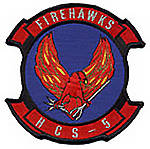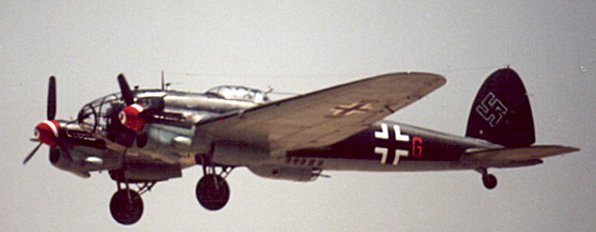Found the article I wrote on the CASA and the CAF B-17G, back in 2000, for the Kingsport Times-News
Date Published: August 28, 2000
Confederate Air Force B-17 visiting Tri-Cities
BLOUNTVILLE — Gregory Peck and Steve McQueen swung up into her nose during their film careers. American pilots yelled ‘‘12 o’clock high’’ in her intercoms and radios as German fighters swept in from ahead and above firing massed cannon and machine guns.
And spectators at Tri-Cities Regional Airport got to see one of the few Boeing B-17 Flying Fortresses in the world fly a low pass along the runway before cranking out her landing gear and flaps for a late Monday afternoon landing.
‘‘Sentimental Journey,’’ a 1944-production Fortress, will be at TCRA through Friday morning as part of the Confederate Air Force’s annual tour of vintage military aircraft across the United States.
Bearing Betty Grable’s likeness on both sides of her nose, ‘‘Sentimental Journey’’ started life as one of several hundred Douglas Aircraft-built B-17Gs. Never seeing service before the end of World War II, she was converted to an air-sea rescue craft and later into a mother ship for radio-controlled B-17s.
By 1960, ‘‘Sentimental Journey’’ found herself finally used as a bomber — dropping chemicals on forest fires. In 1978, she was donated to the Confederate Air Force’s Arizona Wing and was restored to authentic flying condition by 1986.
Col. Mel Tiensvold — all Confederate Air Force members are colonels — said Arizona Wing members typically take two-week shifts flying ‘‘Sentimental Journey’’ along her U.S. tour route from May through October.
‘‘It’s terrible, but someone has to do it,’’ Tiensvold said with a laugh. A certified public accountant when not flying with the CAF, Tiensvold said the B-17G is ‘‘like flying a 50,000-pound Super Cub’’ because of its heavy but stable handling in the air.
A tour through ‘‘Sentimental Journey’’ shows much of what a B-17G looked like in 1944. The nose compartment still contains look-alike .50-caliber dummy machine guns with flexible belts, chart tables, bomb arming panels, swiveling crew seats, a Norden bombsight perched in the clear Perspex nose cone, and the master bomb drop switch to the side.
Tiensvold also flies the Arizona Wing’s CASA 2111, which aviation buffs will instantly recognize as a WWII-era Heinkel He 111 bomber.
‘‘To fly it, you have to be able to read Spanish, German and English because the plane is a mishmash,’’ Tiensvold said. ‘‘It’s a German design, manufactured by the Spanish and powered by Rolls-Royce Merlin engines.’’
The wing’s CASA/Heinkel also served as an ‘‘Air Force One’’ of sorts — it was the late Spanish leader Generalissimo Francisco Franco’s personal aircraft before its sale in the 1960s to a film production crew.
Rides are being offered at $350 per person, Tiensvold said, and the fee is tax-deductible since the CAF is a nonprofit museum organization.
The CASA/Heinkel is scheduled to arrive Tuesday morning, and both aircraft will be open for tours at TCRA through Thursday. Donations will be accepted.
.
 Great loss. I saw this very plane at the very last airshow at MCAS El
Great loss. I saw this very plane at the very last airshow at MCAS El



 Great loss. I saw this very plane at the very last airshow at MCAS El
Great loss. I saw this very plane at the very last airshow at MCAS El





















































 I saw a reenactment done by the CAF in 1984, after almost 20 years I can still remember that HE 111 flying across that field and could only imagine seeing hundreds flying off to bomb England Saying that the loss of this plane is a tragedy does not diminish the loss of these 2 brave souls . It only reinforces the fact that future generations will never get to really understand a piece of history, something these men thought was important enough to risk their lives for
I saw a reenactment done by the CAF in 1984, after almost 20 years I can still remember that HE 111 flying across that field and could only imagine seeing hundreds flying off to bomb England Saying that the loss of this plane is a tragedy does not diminish the loss of these 2 brave souls . It only reinforces the fact that future generations will never get to really understand a piece of history, something these men thought was important enough to risk their lives for 



 we should have ythe engine builders do some R&D to make the engines a little more efficent and longer lasting or at least restore the engines
we should have ythe engine builders do some R&D to make the engines a little more efficent and longer lasting or at least restore the engines 

